The Maiasaura is a dinosaur that is also known as the “Attentive Mother Lizard”. It is an ornithopod and lived in North America during the Late Cretaceous 80 million years ago.
Now, you can see these fantastic dinosaurs here. There is a tremendous collection of Maiasaura coloring pages below. Would you please get them and color them as you like? Happy coloring.
Free Maiasaura Coloring Pages
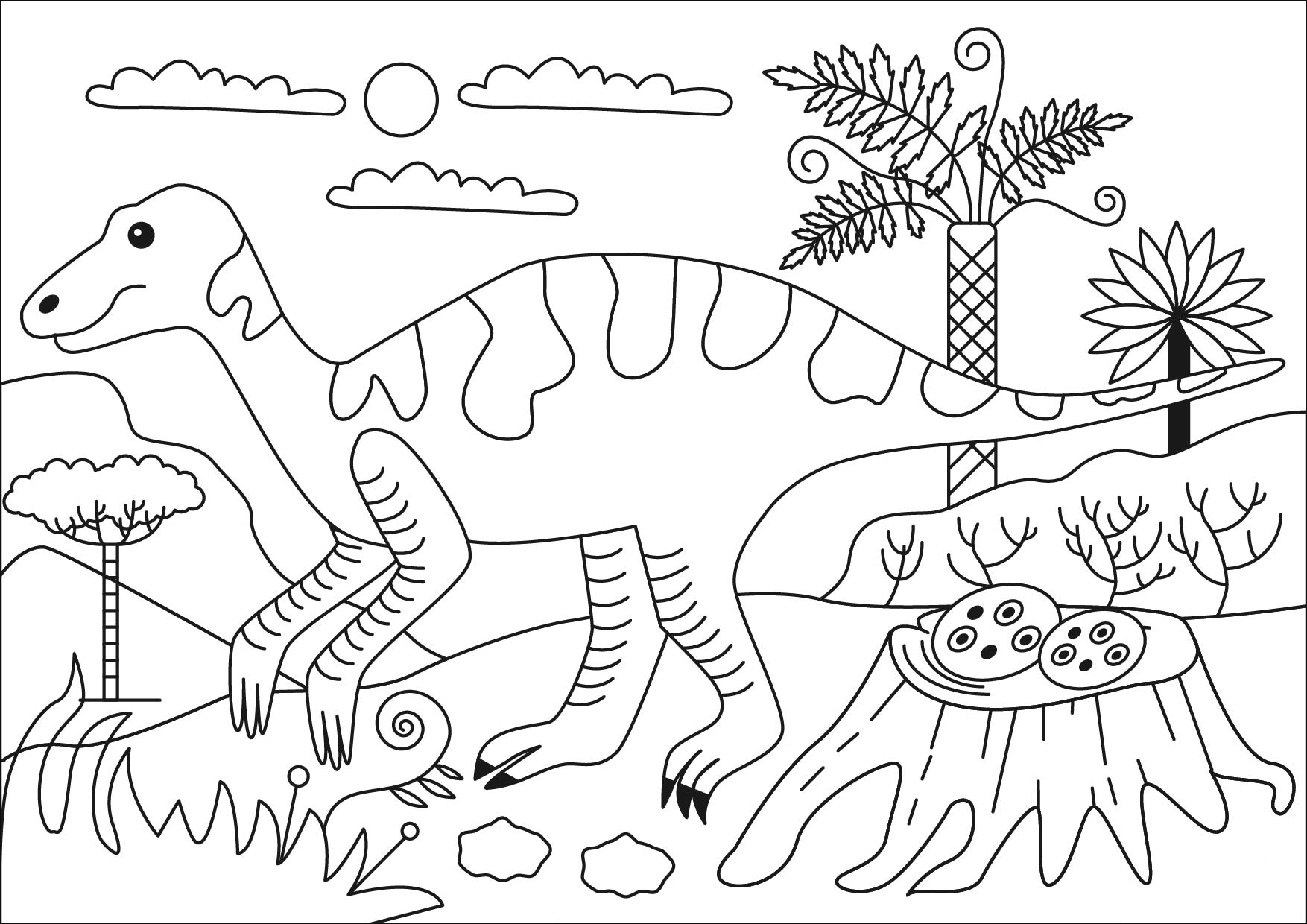
coloring pages maiasaura 
dinosaurs coloring pages maiasaura printable 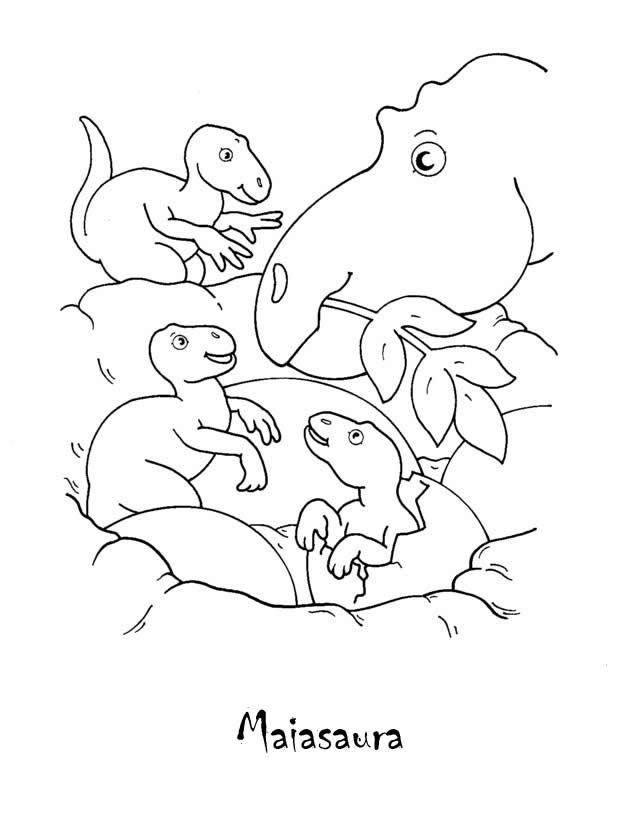
dinosaurs maiasaura coloring pages 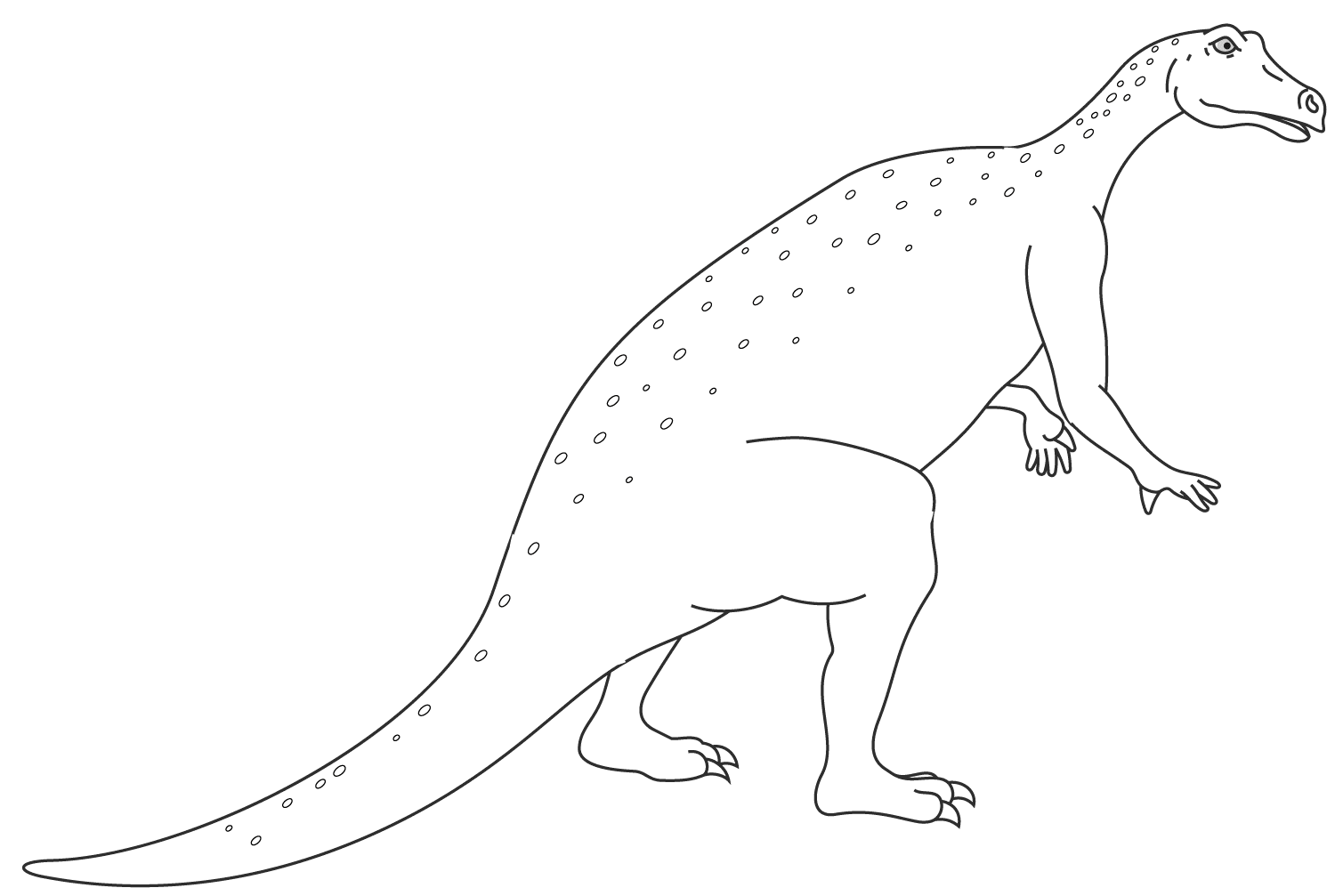
free maiasaura coloring pages 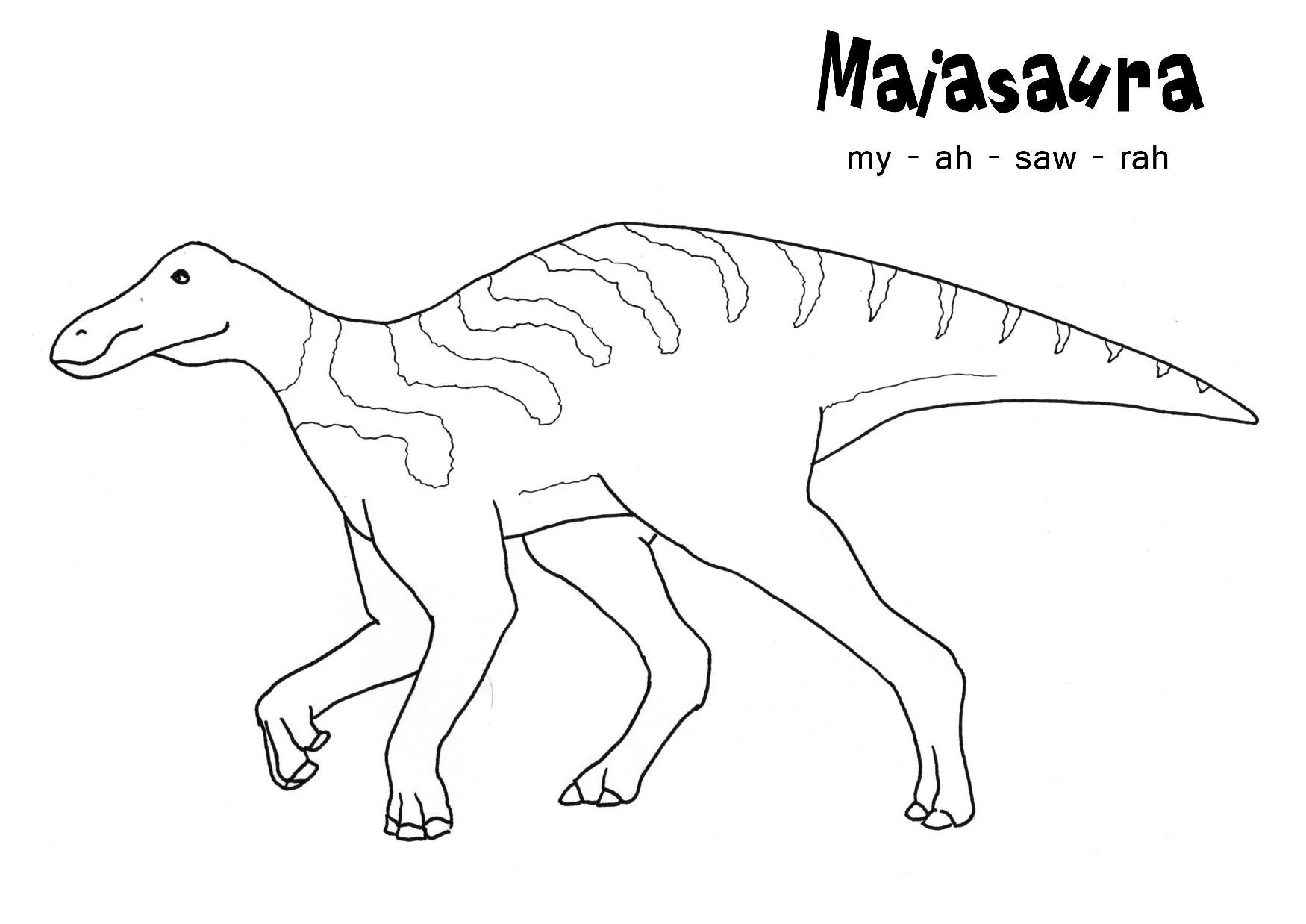
free printable maiasaura coloring pages 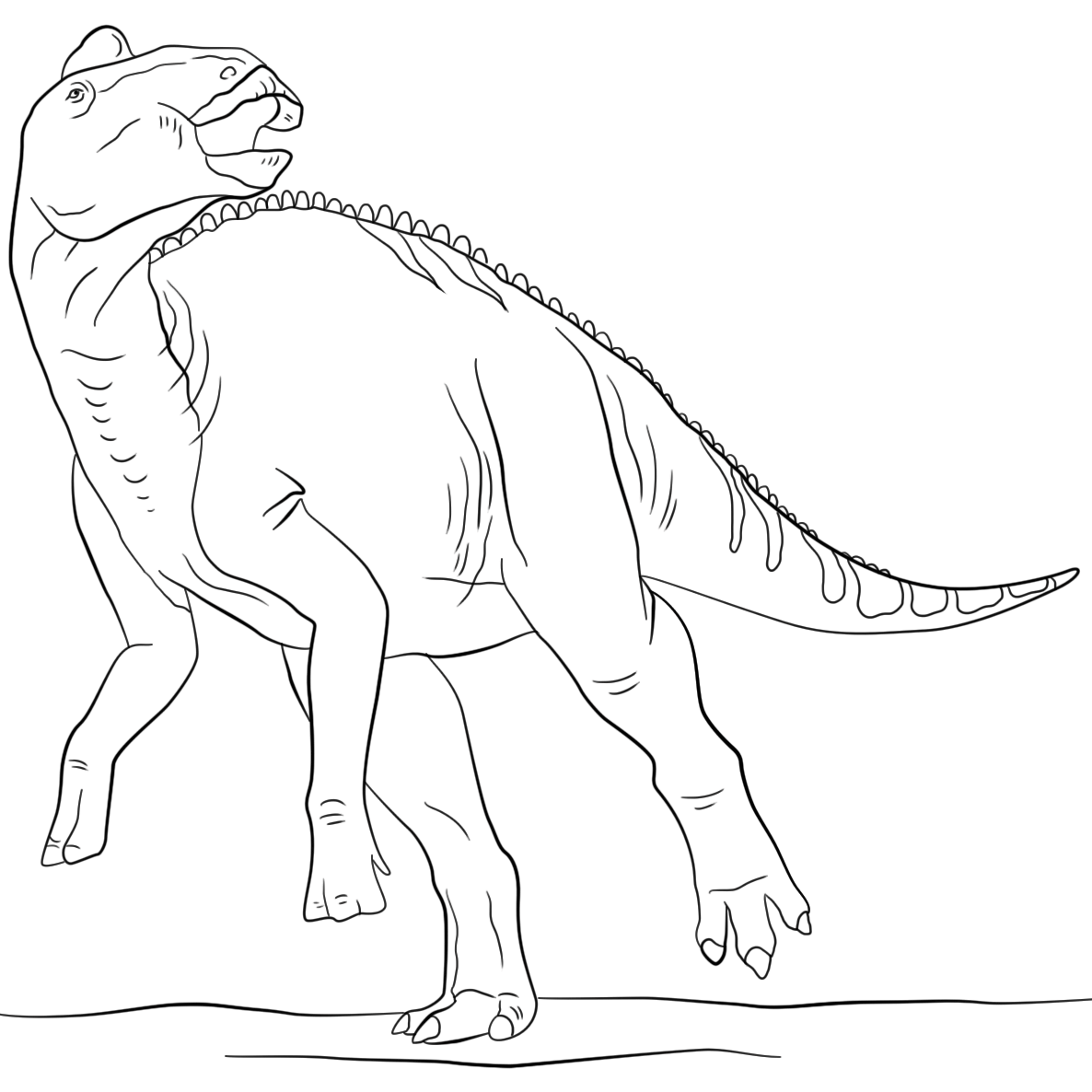
maiasaura coloring pages to print 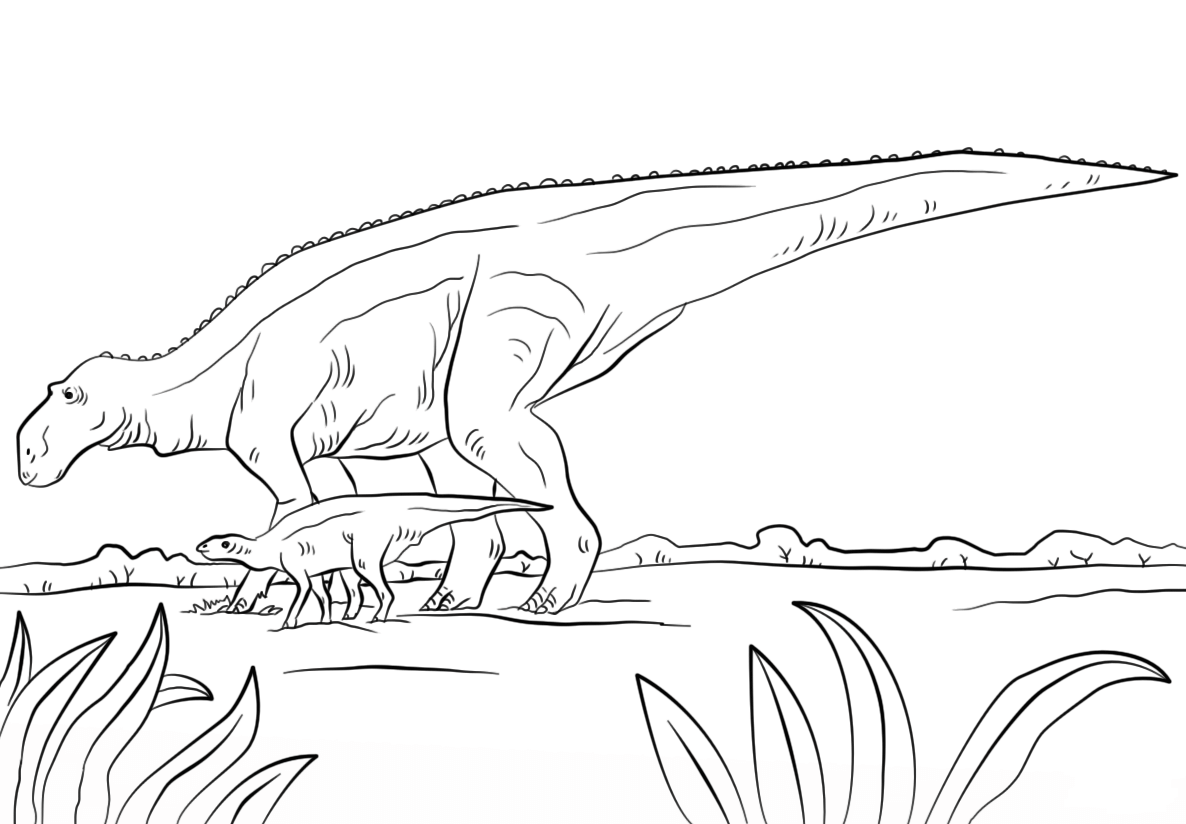
maiasaura coloring pages 
printable maiasaura coloring pages 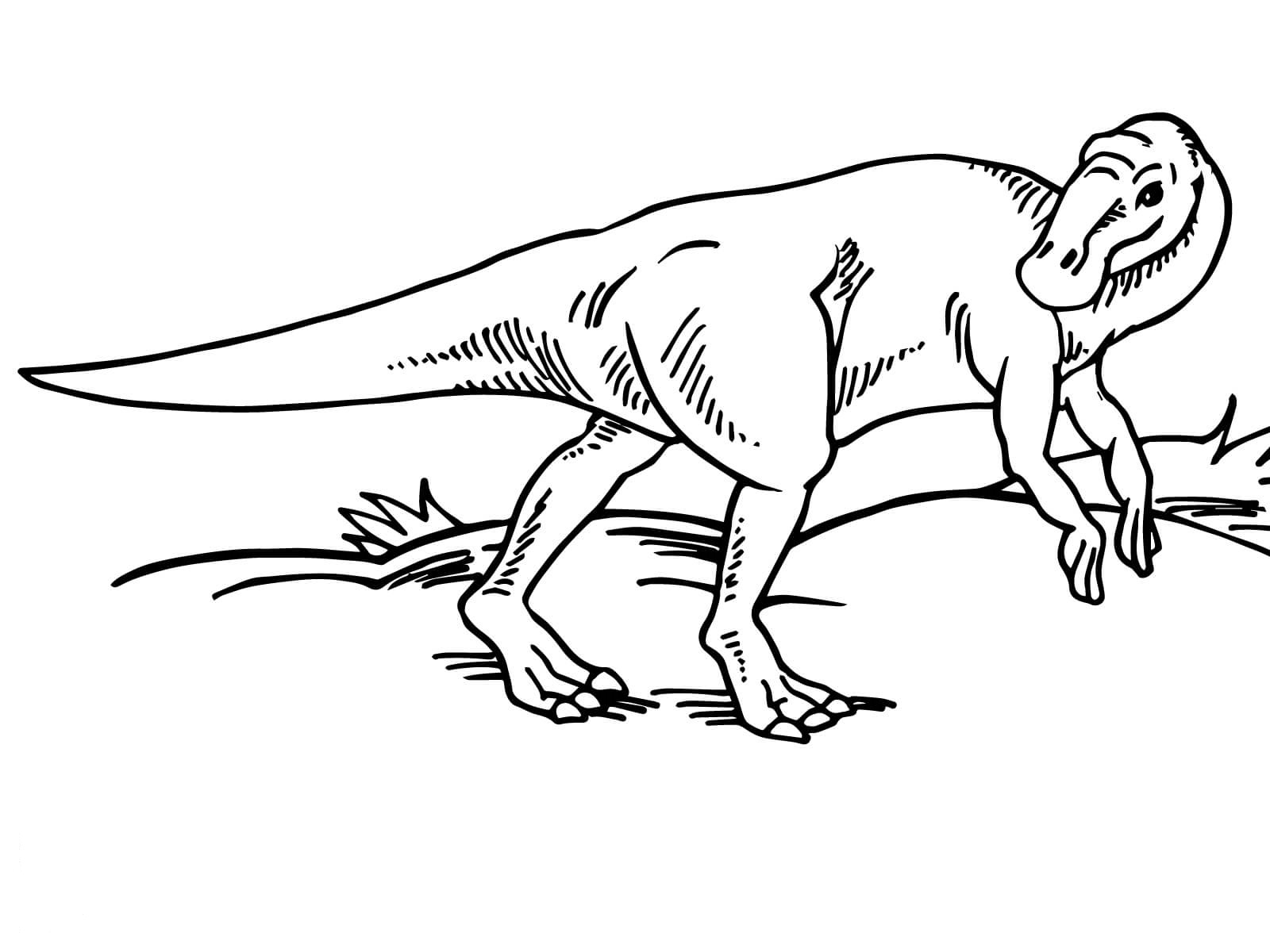
realistic maiasaura coloring pages
The Maiasaura was about 10 meters tall and weighed approximately 3 tons, and it was a dinosaur that walked on two legs.
That is to say, and it was bipedal; for this, it had a large flat tail that gave it a point of balance to stay upright and not fall.
Although they used this way of walking to eat leaves from trees, experts believe they used to stand on all fours to eat from nutritious bushes.
It is believed that they lived in vast herds of more than 10,000 individuals, creating colonies to raise their offspring;
These dinosaurs did not hatch their eggs like birds but placed different materials in their nests to keep them warm. Maiasaura eggs are about the same size as ostrich eggs.
The Maiasaura were found not to be equipped with powerful weapons to repel predators, so it is believed that they used flight or camouflage as their best strategy.
Experts concluded that they possessed a highly developed sense of sight and hearing to spot intruders.
These dinosaurs were the only ones that cared for their offspring and fed their young, as other dinosaur species generally left their young to their own devices.
According to what experts have investigated, the Maiasaura fed on leaves, plants, seeds, and fruits.
Its snout had a shape very similar to that of a duck’s beak, which was later characteristic of the hadrosaurids, a snout used to eat different specific plants.
They had more than one row of teeth that served them to grind food. It is believed that they could cut the food with their beak and then grind it entirely with the help of their teeth;
It has been calculated that to maintain their energy and healthy life, they had to eat around 90 kilograms of fruits, plants, and seeds per day.